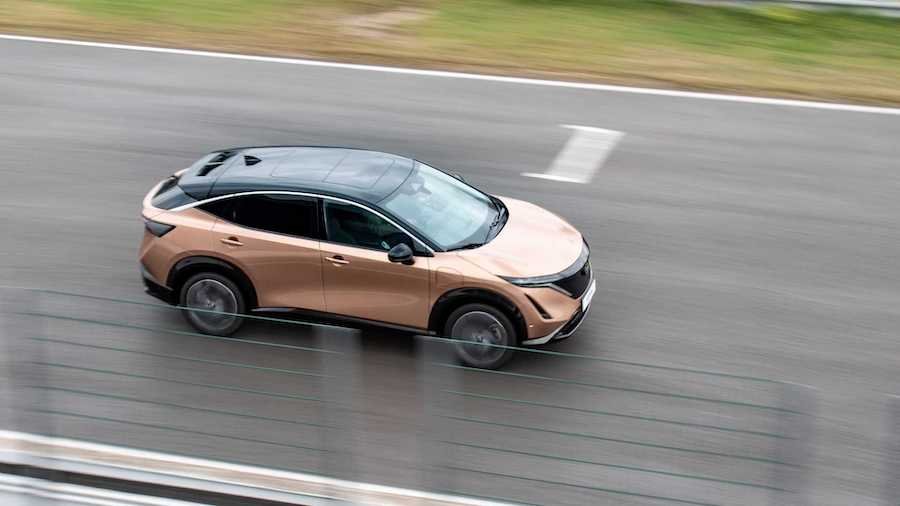Nissan Announces 19 New EVs By 2030, Updated Electrification Strategy

Nissan sees a growing potential and customer demand for electric and electrified vehicles and wants to speed up its electrification program. The Nissan Ambition 2030 strategy, announced back in 2021, called for 23 electrified and 15 fully electric vehicles to be launched by the end of the decade but in its updated form, the Japanese firm wants to introduce even more hybridized and battery-powered models in order to meet “the needs of individual markets, improve the competitiveness of development, and manufacturing globally.”
Nissan now wants to have no fewer than 19 new electric vehicles and 27 new electrified models by the fiscal year 2030. In its global portfolio, the automaker plans to achieve at least 55 percent hybrids and EVs by that year from its two brands, Nissan and Infiniti. In Europe, electrified vehicles should account for up to 98 percent of the company’s sales by 2026, while in the United States, the target is for 40 percent fully zero-emissions cars by the end of the decade.
According to the updated plan, the company’s global sales mix of electrified vehicles should increase from the previously planned 40 percent to more than 44 percent by 2026. Despite the huge growth in demand for EVs in China, Nissan has a somewhat conservative forecast for its business in the country where it wants to have 35 percent sales of electrified cars by 2026, down from the previously announced 40 percent. However, a dedicated China-only EV will be launched by the marque in 2024.
Nissan is part of one of the world’s largest automotive conglomerates together with Renault and Mitsubishi. The three companies announced in January last year they are investing $25 billion in jointly developing and launching more than 35 new electric models by the end of the decade. The Renault-Nissan-Mitsubishi Alliance said 90 percent of these 35 new products will be based on five common platforms – CMF-AEV, KEI-EV, LCV-EV, CMF-EV, and CMF-BEV. Working with common suppliers, the three brands hope to reduce the prices of the batteries by 50 percent in 2026 and by 65 percent by 2028.
Related News


